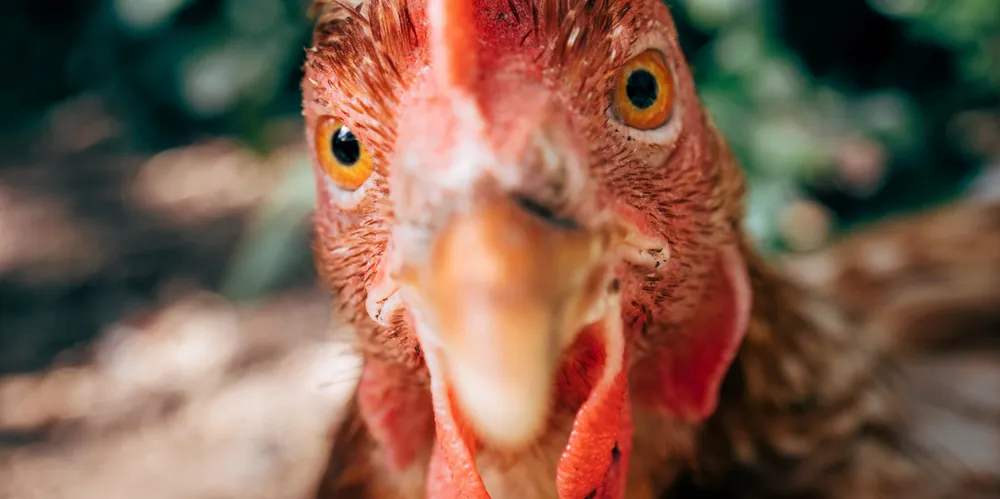Chicken feathers can help generate clean energy, say researchers
Researchers use membrane made out of protein from chicken feathers in fuel cell powering lamp, toy car or spinning fan

Millions of tonnes of chicken feathers the food industry incinerates every year could instead be used to help produce clean energy, according to researchers in Switzerland and Singapore.
Researchers at ETH Zurich and Nanyang Technological University Singapore announced on Friday that they have “now found a way to put these feathers to good use.”
“Using a simple and environmentally friendly process,” the researchers found they can extract the protein keratin from the feathers and convert it into ultra-fine fibres known as amyloid fibrils.
At the heart of every fuel cell lies a semipermeable membrane. It allows protons to pass through but blocks electrons, forcing them to flow through an external circuit from the negatively charged anode to the positively charged cathode, producing an electric current.
The researchers said these membranes have “so far been made using highly toxic chemicals, or 'forever chemicals', which are expensive and don’t break down in the environment.”
The new membrane the researchers have created “consists mainly of biological keratin, which is environmentally compatible and available in large quantities – chicken feathers are 90% keratin.”
The researchers say it takes 100g of feathers to make 1 square metre of membrane, which is 80 microns thin – the diameter of a human hair. They claim this makes their membrane manufactured already up to “three times cheaper” than conventional membranes.
The new membrane has been tested in a fuel cell that was used to turn on an LED lamp, spin a fan and power a toy car.
“I’ve devoted a number of years to researching different ways we can use food waste for renewable energy systems,” said Raffaele Mezzenga, professor of food and soft materials at ETH Zurich.
And this is not the only potential use for the chicken feathers.
The researchers say their new membrane can also help split water, which is part of the process known as electrolysis used to produce hydrogen as a fuel.
In electrolysis, direct current is passed through water, causing oxygen to form at the positively charged anode, while hydrogen escapes at the negatively charged cathode. The researchers say that pure water isn’t conductive enough for this process and “often requires the addition of acids.”
“The new membrane, however, is permeable to protons and thus enables the particle migration between anode and cathode necessary for efficient water splitting, even in pure water.”
The researchers said they will now continue to work on improving their membrane. They have also applied for a patent and are now looking for investors to bring it to market.
(Copyright)